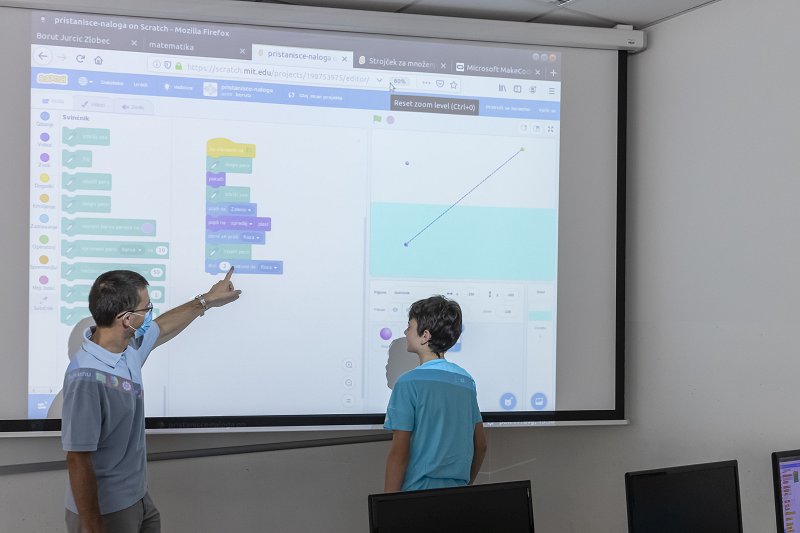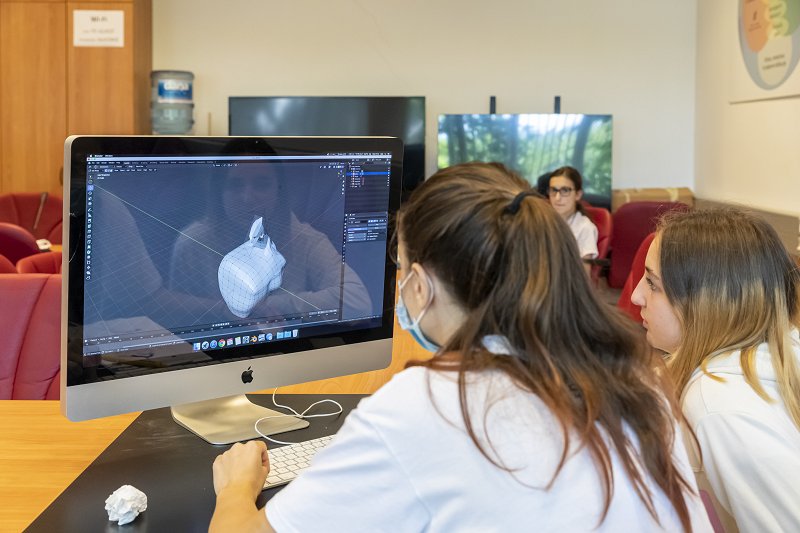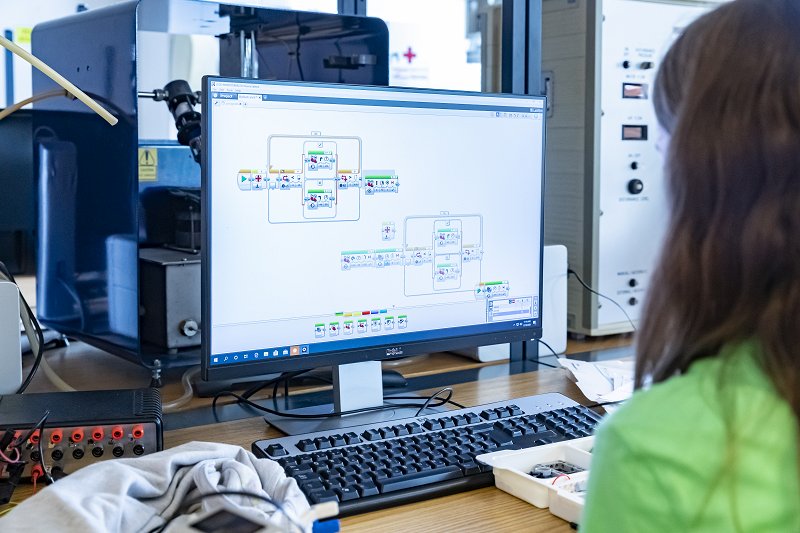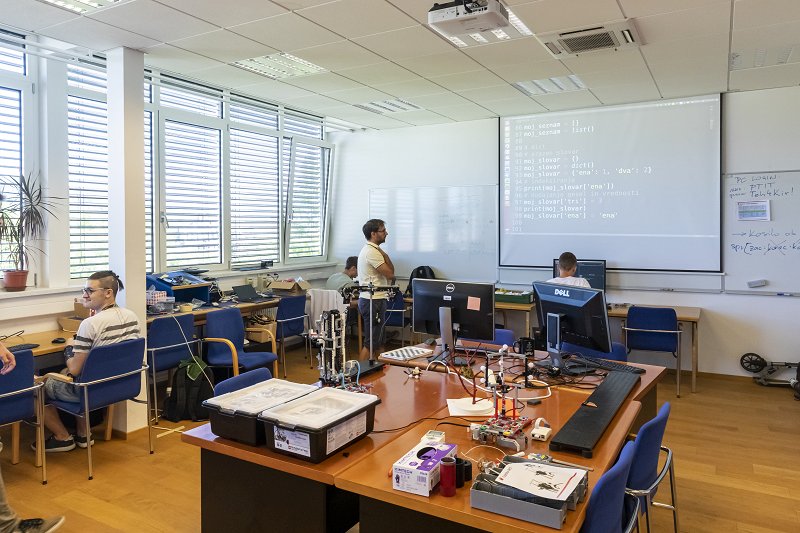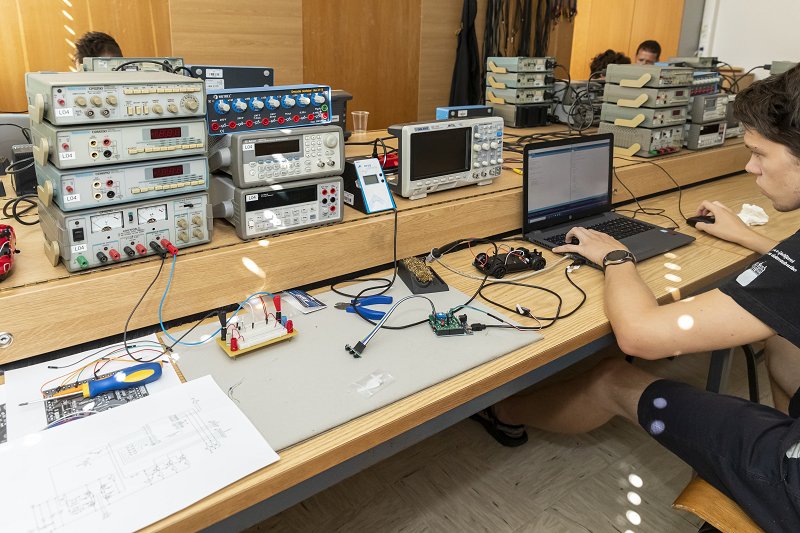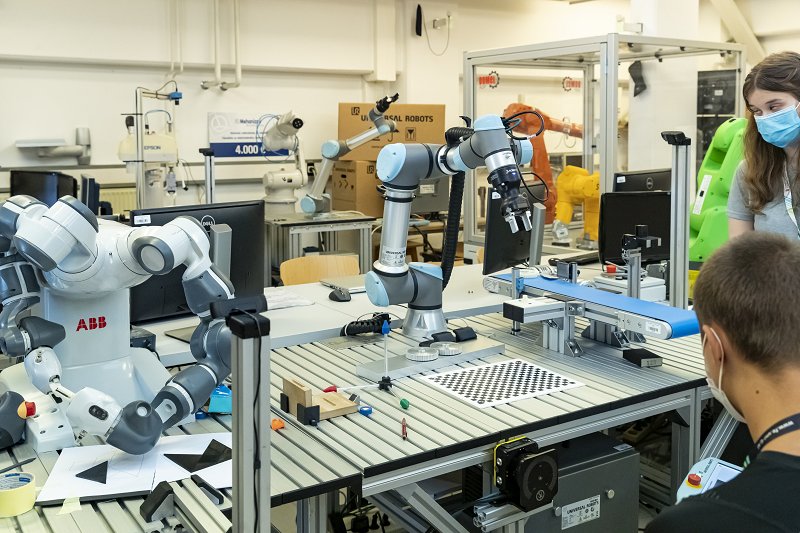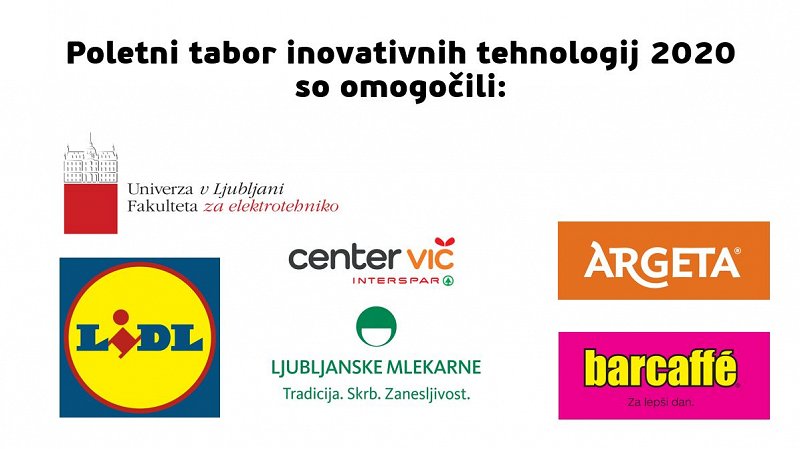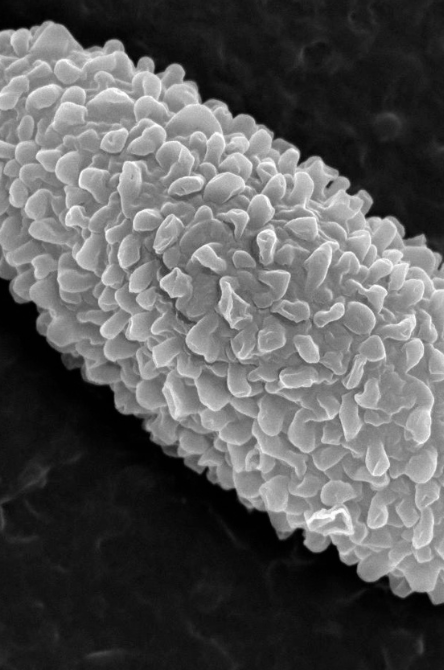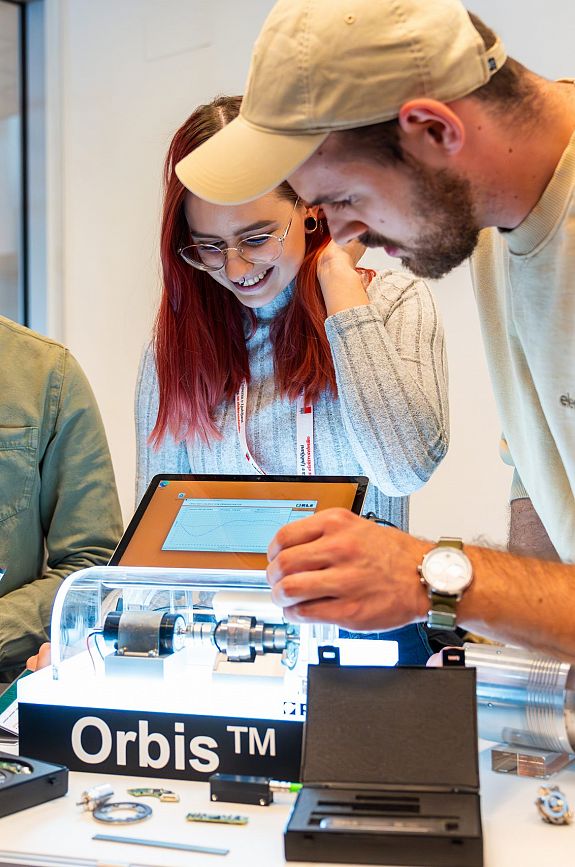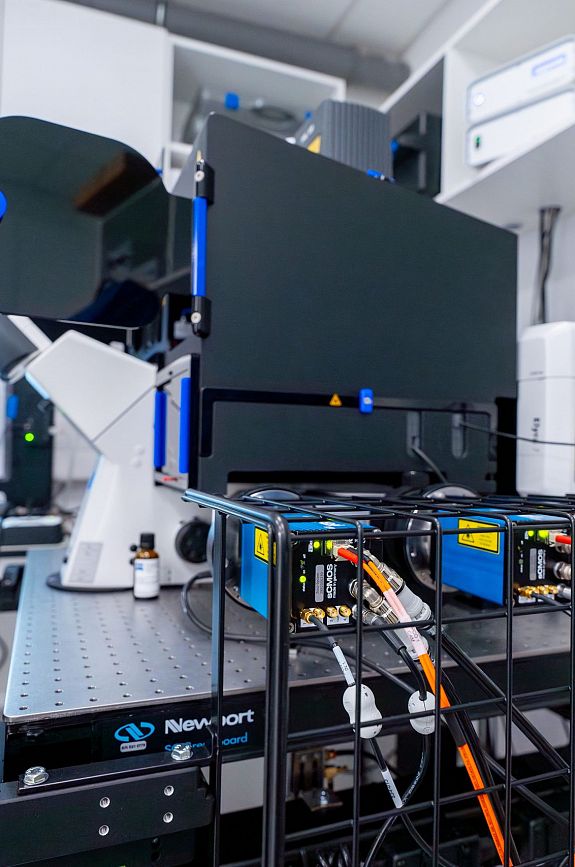New insights from the 21st Innovative Technologies Summer Camp
Date of publication: 24.8.2020This year, the Faculty of Electrical Engineering at the University of Ljubljana hosted the 21st Innovative Technologies Summer Camp. The week, when our Faculty is populated by schoolchildren and students from all over Slovenia, was held with fewer participants and fewer workshops this year, in order to comply with the new coronavirus measures. However, as we know, quantity is not quality and, despite the limitations, the events were varied. In eight workshops throughout the week, children explored modern innovative technologies and learned about the diverse world of electronics and multimedia under the guidance of their mentors.
At the SCRATCHMOJSTRI workshop, participants learned the basics of programming with blocks in CODE, SCRATCH and MICRO:BIT programming languages. They learned how to draw, use loops, conditional statements, messages and cloning. They built many interesting programmes on geometry, iteration, recursion, dialogues and quizzes. Participants were also given a BBC Microbit microcomputer with a display on which they executed programmes written in Micro:bit. At the end, each participant presented their project.
In the workshop FROM ELECTRONS TO STARS we made Geiger counters with a Geiger-Muller tube and Bluetooth data transfer to a mobile phone. We measured a few samples and found that, fortunately, there is not enough radioactive radiation around us to use a Geiger counter in everyday life. However, we were able to take some measurements with a sample radiation source. We processed the data using Wolfram Mathematica. We learned the basics of how to use the software and how it can be useful for solving mathematical problems. We upgraded the Geiger counter with a temperature and humidity sensor (DHT11) and looked at how the programs on both sides of the communication channel, both on our counter and on the mobile phone, are put together. We have upgraded the two programmes to the point where we can also monitor temperature and relative humidity data on the mobile phone. We also learnt about the Arduino IDE and the C programming language for embedded systems, as well as the MIT App Inventor, a web-based tool for programming Android apps.
You can access the programmes here and here.
The LEGO GUIDES workshop first introduced the basic concepts of controlling autonomous mobile systems, as well as the technical and programming features of Lego Mindstorms EV3 kits. Next, participants designed, built and programmed mobile systems that were able to perform a predefined task. By the end of the workshop, they had mastered skills in sensors (gyroscopes, ultrasonic distance sensors, encoders, etc.), mobile system control concepts and programming. They all acquired these skills through the concept of project work (mechanical design and programming of the system to perform the task as reliably and quickly as possible). Finally, they competed with their systems in a friendly competition.
During the workshop, the participants of the 4D CIRCULATORS ARE CARI learned how to use the Blender tool with the help of guided modelling. They then created their own model, painted it and animated it. The animations were then exported as short videos, which were screened at the end of the workshop. After the camp, a product demonstration video was also produced and will be published on the LMMFE YouTube channel.
During the CREATIVE SURPRISE WORKSHOP, participants learnt about the operation of power plants, i.e. hydro power plants, nuclear power plants, thermal power plants, gas power plants, as well as solar and wind power plants. Based on the theory learnt, we tried our hand at the Energy Mix simulation, where we tried to generate as much electricity as we consume with different power plants at any given time. We also learnt about the transmission and distribution system, first in theory, and in the next step we used the PowerWorld simulation software to build a model of the Slovenian 400 kV power system based on publicly available data to calculate voltage conditions and power flows. We analysed the cost of electricity to the end user and checked whether the final cost of electricity could be reduced for each user (switching supplier, switching from one-tariff metering to two-tariff metering). We learnt some basics about the protection of the electricity system; we looked at some incidents where the protection did not work properly. We simulated the operation of a power plant on a simplified nuclear power plant simulator and tried to dispatch the plant as optimally as possible to avoid protection failure. The last day was dedicated to assembling solar models. Participants assembled 6 different solar models from a solar construction kit and tested the performance of the solar panel under different lighting conditions (varying the angle of incidence of the sun's rays, the effect of additional glass). They also measured the voltage produced by the solar panel.
The theme of the TECHNOLOGY CIRCUITS workshop was minimally invasive biopsy capture. Using Lego Mindstorms, the eight young participants built a mobile robot with a pull-out biopsy needle and a rotating platform, which, in combination with a Raspberry PI computer and a camera, was used to capture images of a model of a cerebral vasculature with a tumour from different angles. Participants learned the basics of the Python programming language and how to use it to reconstruct and analyse 3D medical images. They used a 3D image visualisation software to outline critical structures such as the tumour, aneurysm and blood vessel in the captured 3D image, which represented the intervention plan. The biopsy was captured using a remote-controlled robot, with its location obtained by tracking from a stereo camera pair, and the robot was navigated in a virtual 3D space as during a real image-guided surgical procedure.
The MEMORY CARS workshop first introduced participants to the basics of electrical and electronic engineering. They learned how to connect external components to the microcontroller, and how to provide power and overload protection for the external components and the microcontroller. They then set about modifying a model car, removing the existing electronics and replacing the unsuitable motor for steering the wheels with a new one. They each made their own circuitry for precise control of the steering and the speed of the car, and for the integrated LED lights. They also built a special circuit board with optical sensors to detect the colour of the road surface, and then each wrote their own version of the control program that allowed the car to drive autonomously on a pre-designed track.
The ROBOSUMO workshop started with a lecture by Prof. Dr. Matjaž Mihlja, who introduced the participants to the basics and interesting facts from the world of robotics. The participants were then introduced to the participating robots. After the introductory minutes, each group designed and implemented their own application summarising the key features of the robots used. After two days, it was the turn of the mini sumo robots. Participants started with the basics such as moving motors and reading sensors, building on the movement with closed-loop control, performing line following and finding opponents. Each participant also developed their own strategy (or several), which they then used to compete in the final tournament. The strategies proved to be more or less successful, but we awarded prizes and trophies for the top three places.
